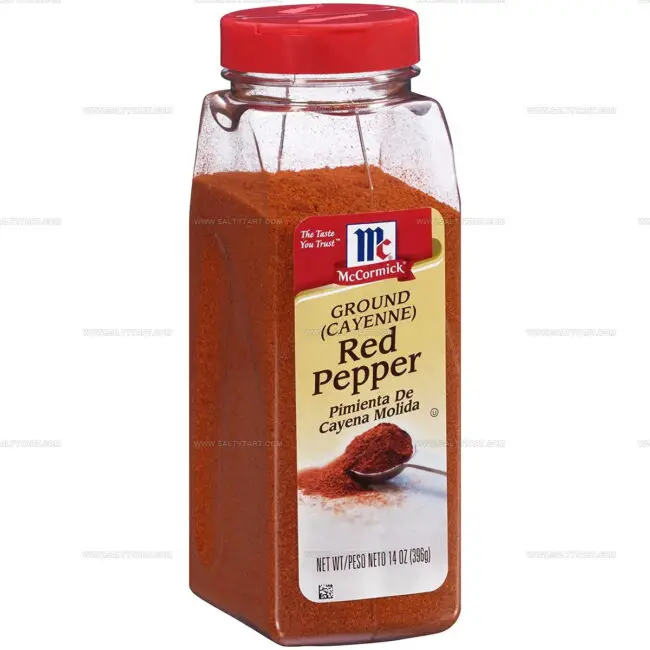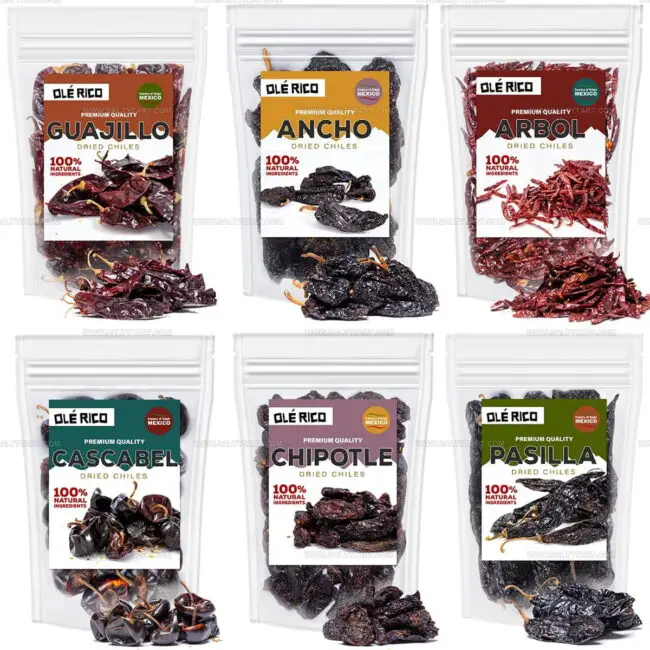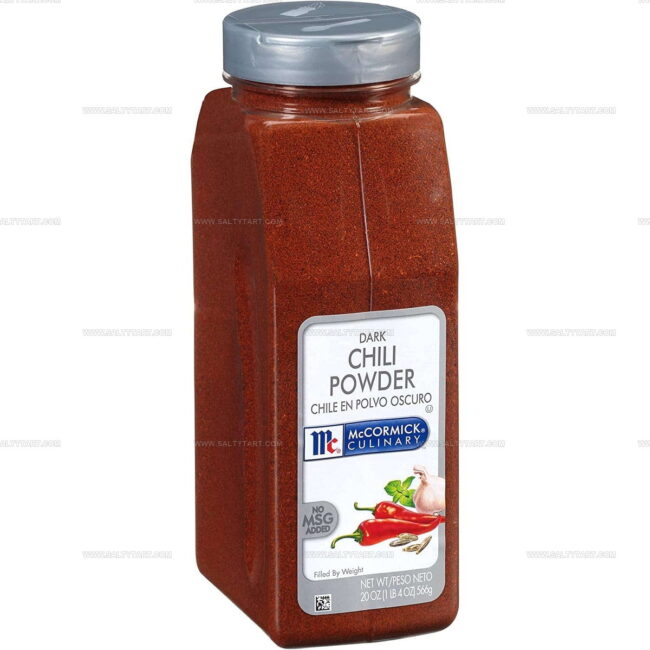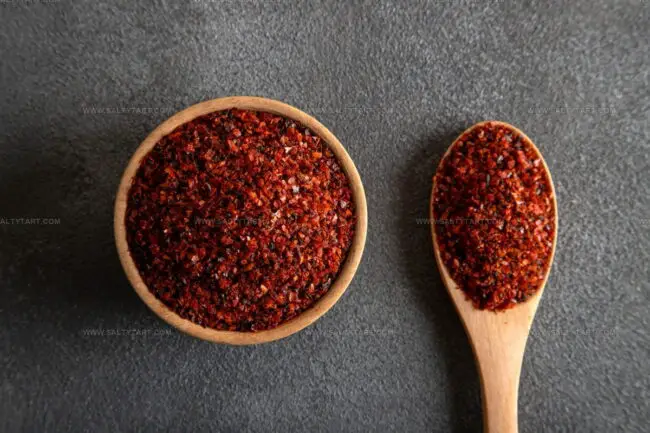3 Ground Red Pepper Alternatives with Kick
Ground red pepper adds heat and vibrant flavor to countless dishes, but when it’s missing, a variety of spices can serve as substitutes.
Cayenne pepper, chili powder, paprika, or crushed red pepper flakes each bring varying levels of heat and smoky or fruity notes.
Choosing the right substitute depends on the desired spice intensity and flavor complexity of your dish.
Some options add more smokiness, while others emphasize pure heat.
Using a blend or adjusting quantities can help mimic the original pepper’s effect.
These substitutes ensure your meals maintain their fiery kick and depth even without ground red pepper.
Explore how to balance heat and flavor with effective alternatives in your spice cabinet.
Bold and Spicy Ground Red Pepper Alternatives
Bold heat and spice are easy to keep with ground red pepper alternatives, each bringing its own twist to dishes. Some add smokiness or fruitiness. Plenty of spices could suit your taste.
Ground Cayenne
Substituting ground cayenne for red pepper flakes requires careful attention since these spices differ significantly in heat levels and texture.
Ground cayenne delivers much more intense heat than flaky red pepper, which often contains milder pepper varieties mixed in.
The powdered form of cayenne distributes heat more evenly throughout dishes, making it easy to accidentally over-spice your food if you use equal amounts.
For best results, start with just a small pinch of cayenne when replacing red pepper flakes, then adjust according to your taste preferences.
This fine powder works wonderfully in soups and sauces where it dissolves completely, creating a smooth, consistent spiciness without the texture of flakes.
Dried Pepper
Substitution can save the day when your spice rack lacks ground red pepper, allowing you to make your own with dried peppers in just minutes.
Simply remove the stems and pulse them in a food processor until they reach your desired consistency.
Many people appreciate this quick fix during recipe emergencies, though store-bought options certainly require less effort.
The homemade version gives you control over the coarseness and heat level, which can enhance your dishes in unexpected ways.
This approach works well for other spices too, from coriander seeds to cumin, expanding your culinary toolkit beyond what's printed in recipes.
Chili Powder
Chili powder brings a delicious heat to dishes, created from dried and crushed chili peppers sometimes blended with other seasonings.
Many cooks reach for this popular spice to add warmth and depth to Mexican dishes, stews, and marinades without overwhelming spiciness.
Milder than cayenne or ground red pepper, this versatile ingredient allows you to control heat levels in your cooking by adjusting the amount used.
For recipes calling for ground red pepper, simply doubling or tripling the chili powder can achieve similar flavor intensity.
Home chefs who prefer gentler spice levels often choose chili powder as their go-to option for adding character to meals without excessive heat.
How To Adjust Spice Ratios When Switching From Hot Chili Powder To a Substitute?
When replacing hot chili powder with a different spice, it’s essential to adjust the quantity carefully to maintain the desired heat level without overpowering the dish.
Different chili powders vary widely in heat intensity and flavor profile - some may be smokier, fruitier, or more bitter than others. Start by using about half the amount of the substitute called for and gradually increase to taste.
Balancing the heat with complementary spices like cumin, paprika, or garlic powder can help replicate the original flavor complexity.
Does The Type Of Dish Affect How Ground Red Pepper Should Be Replaced?
Yes, the type of dish significantly influences how you should replace ground red pepper. In slow-cooked stews or braises, spices mellow and blend, so you might need to use a bit more substitute to achieve the same impact.
In fresh salsas or quick-cooked stir-fries, the heat is more immediate and pronounced, so start with less substitute to avoid overwhelming the dish.
Additionally, the dish’s flavor profile - whether smoky, sweet, or savory - can guide your choice of replacement, ensuring it complements rather than clashes.







Jess Martinez
Contributing Recipe Writer & Nutrition Consultant
Expertise
Southwestern and Latin American cooking, Nutritional analysis and healthy recipe planning, Cultural food traditions, Modifying traditional dishes for better health
Education
Santa Fe Community College
Certificate in Culinary Arts
Focused on mastering the flavors and cooking methods of traditional Southwestern cuisine.
Jess’s love for bold, homegrown flavors led her straight into the world of Southwestern cooking and cultural nutrition.
After completing her Certificate in Culinary Arts at Santa Fe Community College, she made it her mission to show that good-for-you food can still taste incredible.
At saltytart.com, Jess shares vibrant, health-conscious recipes with roots in tradition but a fresh, modern twist. When she’s not testing new recipes, you’ll find her at local growers’ markets, tending her herb garden, or digging into food history books.